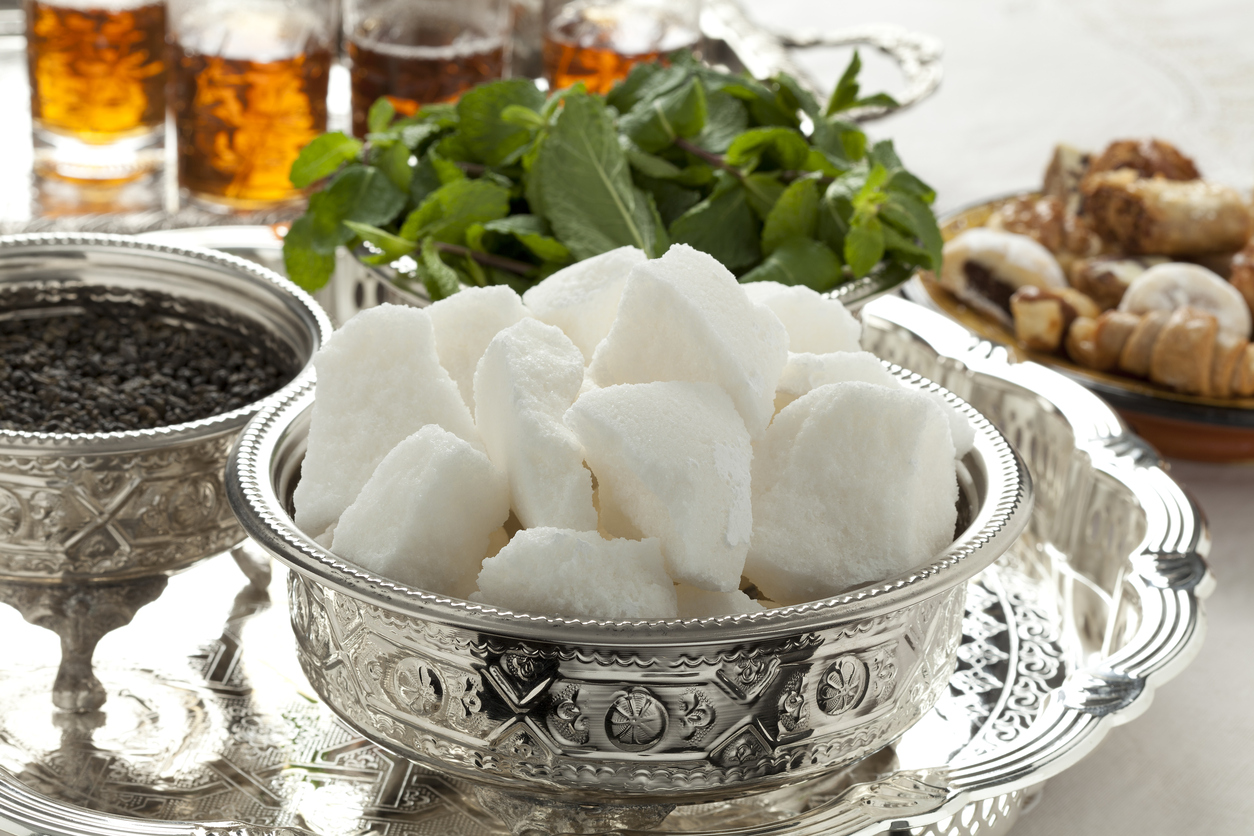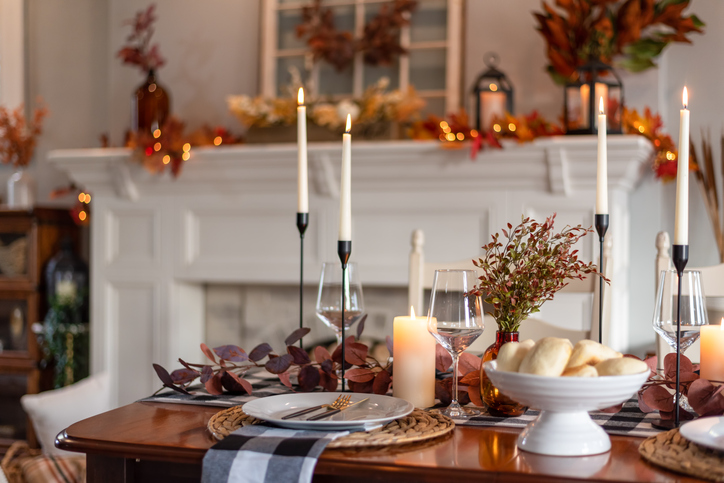How to Care for Your Holiday Silver

It’s time to prepare your home for the influx of seasonal guests. One of the things on your list should be the care and polishing of your silverware.

Historically, owning sterling silver was a subtle implication of wealth. Silver chests housed family pieces handed down from generation to generation. While many people confuse the word silver with silver plate and stainless steel, there is a distinct difference in quality and price between the three.
Here are some cleaning tips and pertinent information:
Silver Plate
Silver plate is made up of an alloy of zinc, copper and nickel with bars of silver added to the liquid. Acid and an electric current pass through, ionizing the molecules, then the process continues with conducting the acid to the base metal. The amount of silver used determines the quality of the silver plate and thickness of the metal. Although not expensive, it can be used at formal dinners and festive holiday events. You can find it at varying price points, at lower and high-end stores. Silver plate is durable but does not last as long as sterling silver, which is much more costly. Serving pieces, dishes, tea sets, cake stands and decorative trays are all good examples of how to use silver plate for entertaining.
Stainless Steel
Stainless steel is a popular choice for flatware table items such as knives, forks and spoons. Made up of an alloy of chromium, nickel and steel, the best quality and choice is 18/10, which means 18% chromium and 10% nickel has been added to the steel alloy. While functional for everyday use, it’s not recommended for use at a formal dinner or when entertaining special guests. It’s simply not as special.
Sterling Silver
Sterling silver is made up of 92.5% pure silver and 7.5% base. Silver is not made of 100% because the base metal would be too soft to withstand use. Anything sold as sterling silver must have 92.5% (the European mark 925).
How to Clean Silver
A patina forms on silver pieces with consistent use. People tend to use their silver only on special occasions, but a better option would be to enjoy your silver as often as possible. Why? The patina is improved with every use.
Because of this, you should make sure and use all of your cherished pieces. To evenly distribute the beautiful discoloration, utilize all of your pieces regularly. Have you ever noticed when you visit someone’s home, some silver has a worn and lovely hue and others in the same pattern look completely different in color? This is the reason all pieces should be enjoyed often.
Never run your pure silver through a dishwasher. The extreme heat damages and softens the metal. Wash silver by hand in warm, soapy water and dry immediately to avoid watermarks.
The following is a method suggested by cleaning.com:
Baking Soda and Aluminum Foil Method
Materials
- Sheet of aluminum foil
- Box of baking soda
- Saucepan or skillet
- Pair of tongs
- Piece of soft cloth
Instructions
- Line a small skillet or saucepan with aluminum foil. The shiny side should face up.
- Place the silver item or items in the skillet.
- Sprinkle baking soda over the items.
- Boil 1 to 2 cups of water in a separate pot.
- Pour the boiling water over the items in the skillet.
- Allow the contents to soak for 15 minutes.
- Remove using tongs. Rinse and dry the silver using a soft cloth.
There are other good options for cleaning your silver, including Goddard’s Silver Polish. Gather a few soft cloths, a foam sponge and gloves to protect your hand. Slather the thick polish on the utensil or serving tray, covering it completely. Use a sponge or your fingers to spread the polish over the piece of silver. Let it dry and wipe it off with a soft cloth.
Tarnish producing foods on silver include eggs, mustard, cabbage and onions. Rubber also oxidizes silver, so avoid your rubber dish mats. Store your clean silver in a humidity-free closet or drawer, or in a box designed to keep your silver protected.
It will look beautiful on your holiday table this season!
For more of Diane’s etiquette tips, you may enjoy Tea Etiquette. Read her posts on Inc., subscribe to her articles on HuffPost, “like” The Protocol School of Texas on Facebook, and follow her on Pinterest, Instagram and Twitter. Buy her new book, Modern Etiquette for a Better Life.





